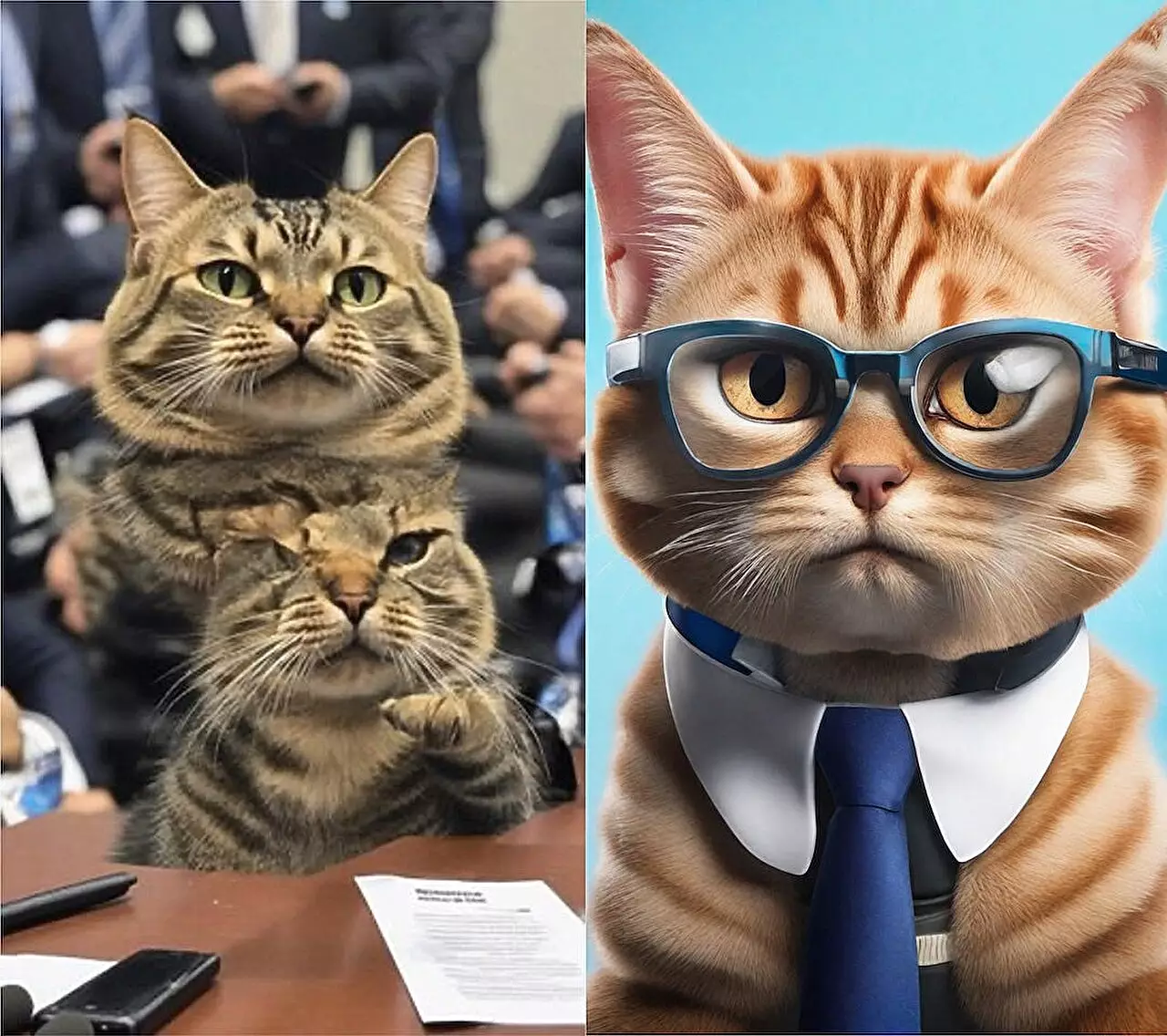Generative artificial intelligence (AI) has advanced remarkably in mimicking human creativity, particularly in image generation. However, consistent accuracy in generated images has remained a hurdle, with noticeable flaws such as asymmetrical features and unrealistic shapes often marring the output. These issues have drawn attention to a new method developed by researchers at Rice University, known as ElasticDiffusion, which aims to enhance image quality and versatility. This article explores the developments leading to this innovation, the principles behind it, and its implications for the future of generative AI.
Generative AI models, such as Stable Diffusion and DALL-E, are celebrated for their ability to generate visually stunning images. Yet, these models exhibit significant limitations, particularly when tasked with producing images that deviate from the standard square aspect ratio. The tendency to generate oddities—like a person depicted with extra fingers or disproportionate objects—stems from how these models are trained. Traditionally, many of these AI systems are optimized for a single resolution, leading to a phenomenon known in the AI community as “overfitting.” In essence, when a model is trained using a narrow set of images, its ability to generalize to new dimensions or resolutions diminishes dramatically.
The struggle arises when users attempt to request images that depart from the model’s trained parameters. For instance, if an individual asks for a widescreen image while the model can only produce square outputs, the AI’s attempts to fill the additional space often result in awkward duplications and distortions. This limitation underlines a fundamental challenge in generative AI: balancing the model’s training scope with the vast potential for varied outputs that consumers seek.
Introducing ElasticDiffusion: A Transformational Approach
The breakthrough presented by Moayed Haji Ali at Rice University offers a pathway out of this quandary. ElasticDiffusion seeks to rectify the inherent limitations in conventional diffusion models by intelligently separating local and global data signals during the image generation process. This method represents a shift in how generative AI treats image data and resolves the conflicting signals that typically lead to repetitive and distorted imagery.
In the ElasticDiffusion framework, local signals—representing intricate details such as facial features or textures—are treated independently of global signals, which outline the overall structure of the desired image. By segregating these two streams of information and applying an innovative dual-path approach, the model generates images with far less distortion, even when creating non-square outputs.
Haji Ali’s technique enables the model to fill in details dynamically, quadrant by quadrant, leveraging what is known about the global aspect ratio and image content while ensuring that local information remains intact and unconfused. This separation effectively prevents the common pitfalls of generative AI where data duplication causes unsightly imperfections.
While ElasticDiffusion exhibits impressive advancements, it is not without its drawbacks. The current iteration requires significantly more processing time—up to six to nine times longer than other traditional models. Addressing this inefficiency presents a key challenge moving forward. Haji Ali and his team are focused on refining their approach to match the inference speed of existing leading models.
Essentially, this research not only opens doors for enhanced image quality across diverse resolutions but also sets a precedent for future innovations in generative AI. The separation of local and global information could lead to further explorations, potentially yielding frameworks capable of adapting to any aspect ratio while maintaining high efficiency.
As generative AI continues to evolve, the introduction of ElasticDiffusion stands out as an important step toward mastering the intricacies of image creation. By tackling the deep-rooted issues of signal confusion and data overfitting, Rice University’s findings promise a future where AI can confidently create visually coherent, dimensionally versatile images.
The implications are vast, spanning industries such as graphic design, video game development, and virtual reality, where high-quality visuals are paramount. As researchers aim to optimize this method further, we can anticipate a vibrant era of creativity driven by generative AI, poised to push artistic boundaries and redefine visual storytelling as we know it.


Leave a Reply